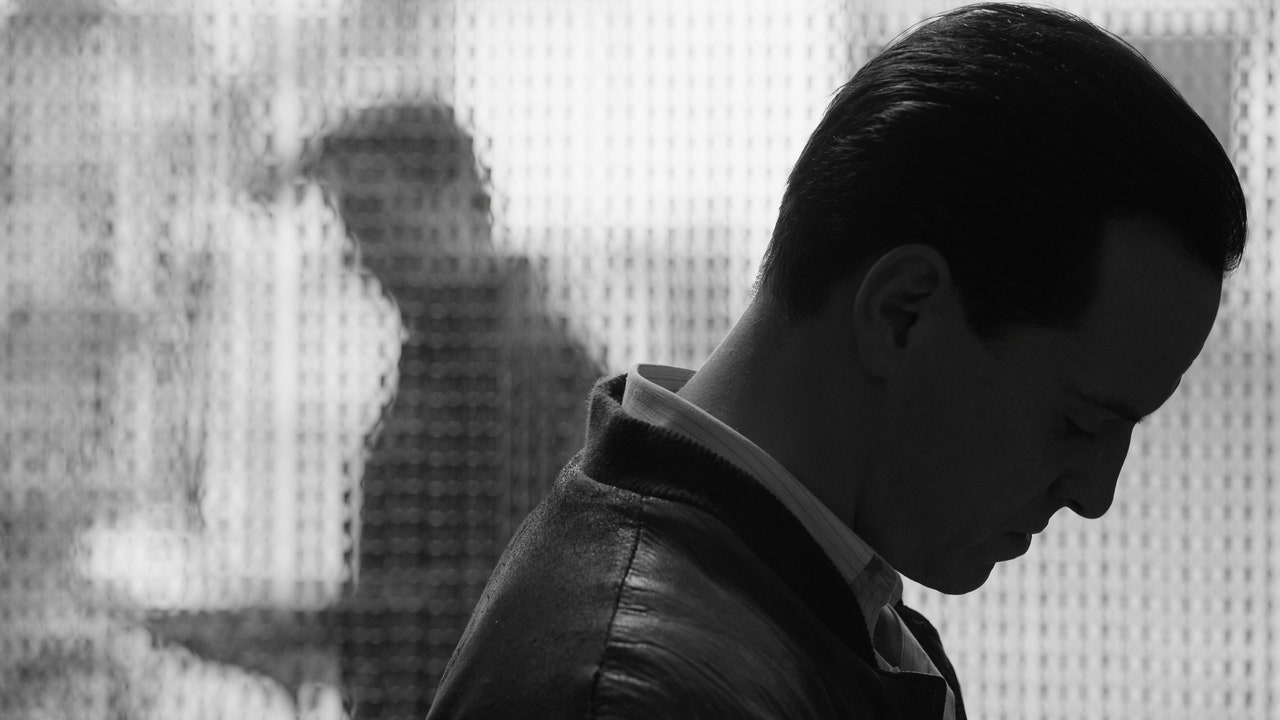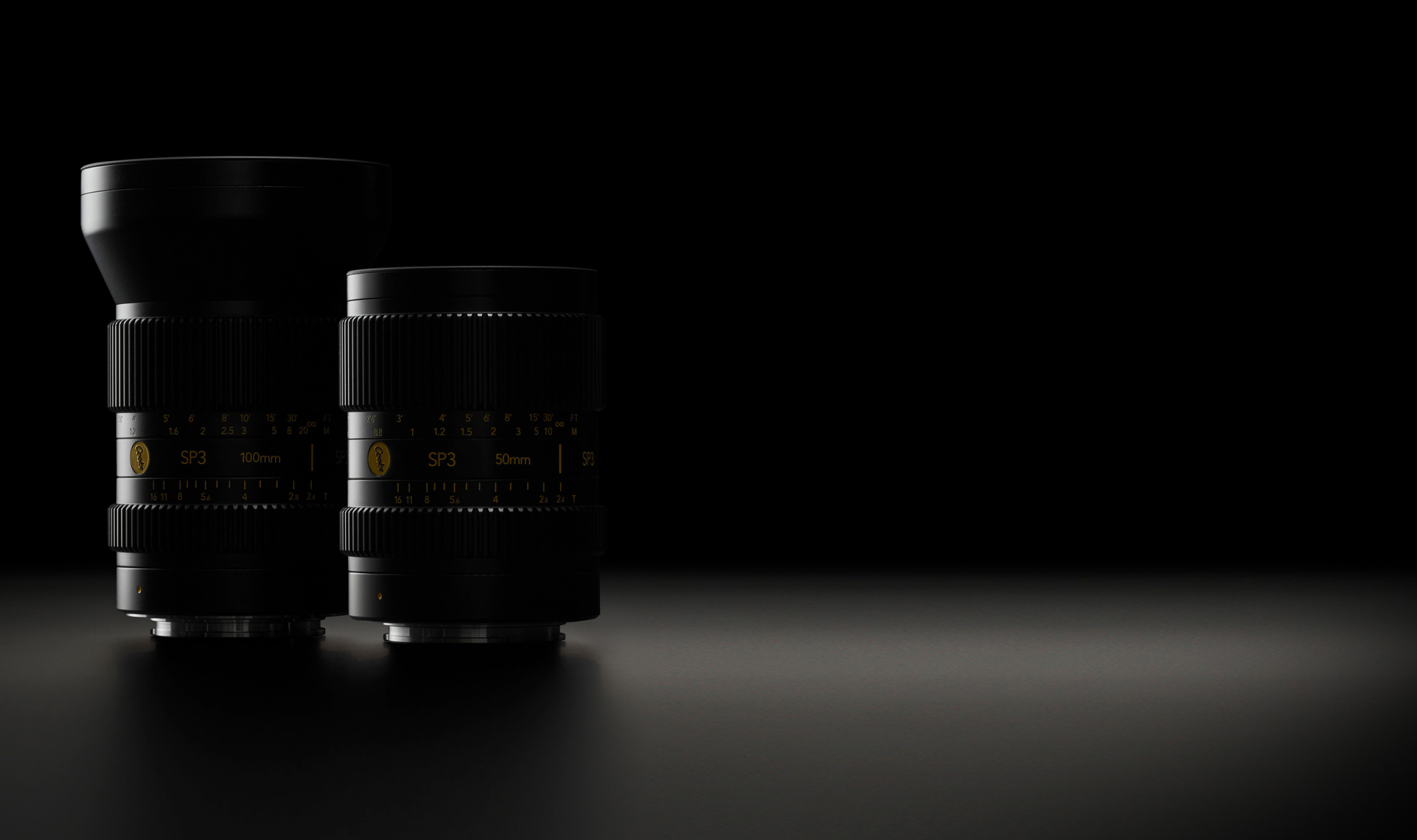I think Elswitt is quite keen on his Panavision lenses, i've not watch the series yet but just watched the trailer and it looks a bit soft pointing to older lenses.
Stills photographers seem to go gaga over German and Japanese lenses, but for those that don't know, quite lot of cinematographers like and use Cooke lenses, they are of warmer colour balance compared to other makes of lens, how important this is now because of digital camera is open to debate!
My favorite DP
Bruno Delbonnel who shot amongst other films Amelie (that i think is one of the most beautiful films ever made) used Cooke lenses amongst others...the Cookes are made in Leicester.
If you watch the film Drive You can see in some of the scenes the look of the Cooke S4, think the night shots are done on Zeiss primes as they're so clean looking.
Cooke do make a range of smaller primes for Mirrorless too, so if someone fancies treating themselves

A lot of the older photographic lenses have a really nice quality on modern digital cameras, the older Nikon AI Canon FDs etc, the Zeiss Planar 80 T* is a amazing lens on Mirrorless camera.
And if your budget can't stretch that far the Helios 44-2 58mm f2 Prime lens was used quite a bit of the film Dune II (rehoused in a body to work with an Arri), yours for £30, i think they original came on the Zenit/Zorki still cameras.
Academy Award® winning cine lenses for multiple film and digital applications. Easily maintained, accurate, and reliable – get the Cooke Look.

cookeoptics.com




